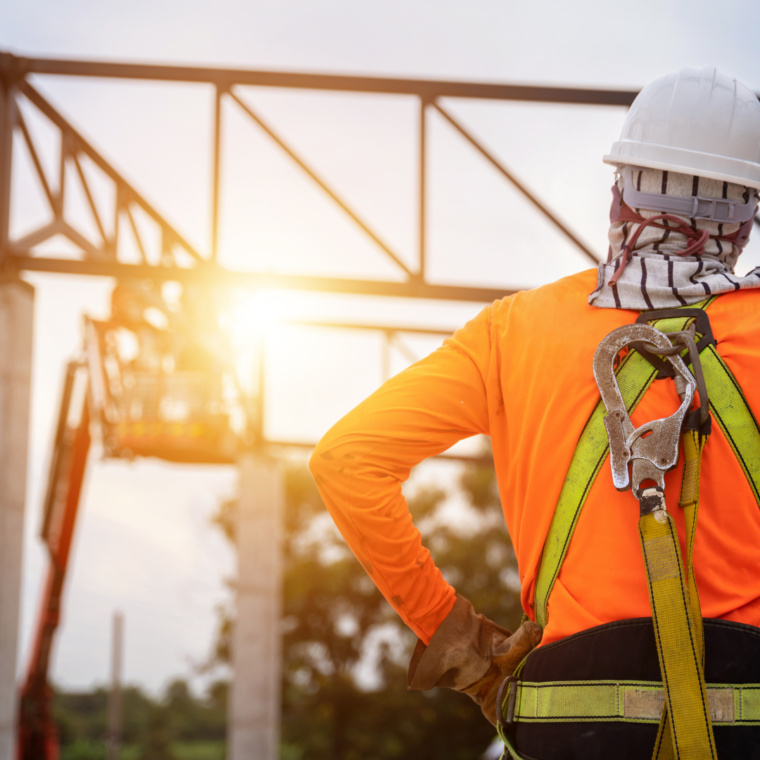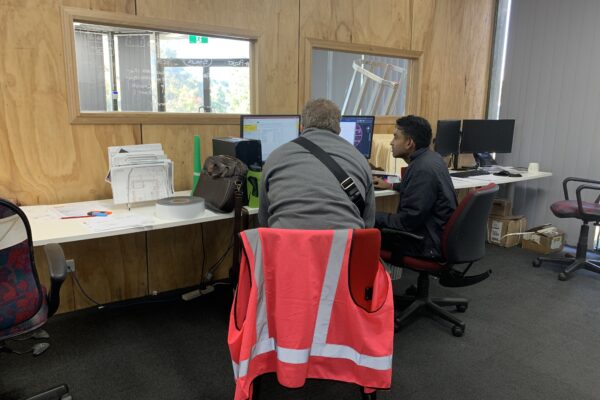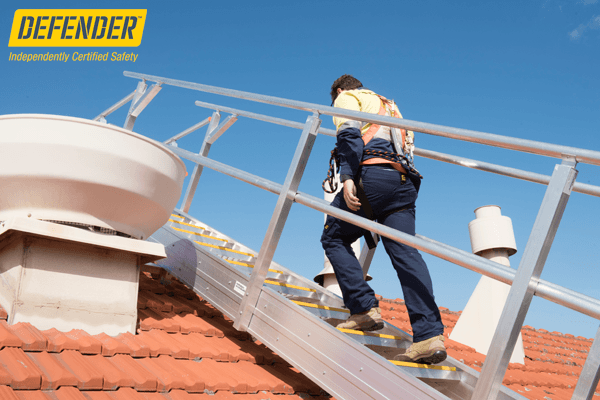Case Studies: Effective Fall Protection in Large Projects: Real-world Examples of Safety

Effective Fall Protection in Large Projects: Real-world Examples of Safety
The construction industry in Australia faces unique challenges due to its diverse landscape and stringent safety regulations. Fall protection remains a top priority, given that falls from heights are a leading cause of serious and fatal injuries in the sector. By examining real-world examples of effective fall protection in large projects, we can glean insights into best practices and innovative solutions that have been successfully implemented. Here, we highlight a few key case studies that showcase the importance of comprehensive fall protection strategies.
1. Sydney Metro – Northwest Project
The Sydney Metro–Northwest project, part of Australia’s largest public transport infrastructure project, involved significant construction at heights, including the erection of new rail stations and the installation of elevated tracks. The project employed a multi-faceted approach to fall protection, incorporating both engineering controls and personal protective equipment (PPE).
- Engineering Controls: Temporary guardrails and catch platforms were installed in all areas where workers were at risk of falls. These measures were designed to prevent falls from occurring and to mitigate the impact should a fall occur.
- PPE: All workers were required to use full-body harnesses with shock-absorbing lanyards when working at heights where engineering controls could not fully eliminate the risk. The project also implemented a ‘100% tie-off’ policy, meaning workers were always attached to a secure anchor point.
This comprehensive approach to fall protection was instrumental in the project’s exemplary safety record, with no major fall-related incidents reported throughout its duration.
2. Adelaide Health and Medical Sciences Building
The construction of the Adelaide Health and Medical Sciences Building presented numerous challenges for fall protection due to its innovative design and the need for work at significant heights. The project team implemented a series of effective fall protection measures that served as a benchmark for future constructions.
- Advanced Scaffold Systems: Custom-designed scaffold systems were used, providing secure work platforms and edge protection for workers. These systems were adaptable to the building’s unique architectural features, ensuring that workers were protected in all phases of construction.
- Safety Net Systems: To protect workers from falls during the installation of the building’s facade, a comprehensive safety net system was deployed. This system not only caught individuals in the event of a fall but also prevented construction materials and debris from falling to lower levels, enhancing overall site safety.
The successful implementation of these measures contributed to the project’s completion without any fall-related fatalities or serious injuries, showcasing the effectiveness of tailored fall protection strategies.
3. Melbourne’s West Gate Tunnel Project
The West Gate Tunnel Project in Melbourne involved extensive work at heights, including the construction of elevated roadways and bridge structures. The project team faced the challenge of ensuring worker safety in a high-traffic environment with limited access.
- Engineered Work Platforms: The project utilised engineered work platforms explicitly designed for the task at hand, including bridge construction and tunnel entrances. These platforms had integrated fall protection systems, including guardrails and tie-off points.
- Fall Arrest Systems: The project deployed temporary fall arrest systems in areas where workers were exposed to potential falls from significant heights. These systems included horizontal lifelines and retractable lanyards, allowing workers to move freely while remaining securely tethered.
Thanks to these proactive fall protection measures, the West Gate Tunnel Project maintained a strong safety record, demonstrating the value of custom-engineered solutions in complex construction environments.
Conclusion
These case studies from Australia’s construction industry illustrate the critical importance of comprehensive fall protection strategies in ensuring worker safety. By leveraging a combination of engineering controls, personal protective equipment, and tailored safety measures, these projects were able to mitigate the risks associated with work at heights effectively. These examples serve as a valuable resource for construction professionals seeking to enhance safety outcomes in their projects, proving that with the right approach, even the most challenging environments can be made safer for workers.
 Contact Us
Contact Us


